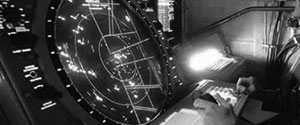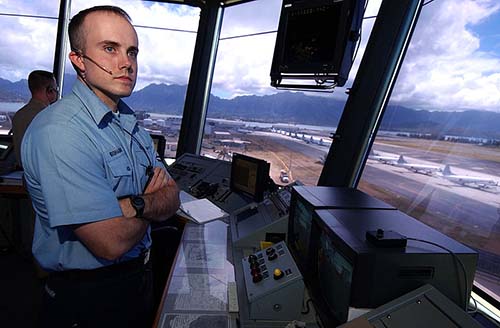

The number of controllers in the tower varies depending on the size of the airport. Controllers in TRACONs determine the arrival sequence for the control tower’s designated airspace.Ĭontrollers in this type of facility manage aircraft operations on the ground and within specified airspace around an airport. Aircraft within this area are provided vectors to airports, around terrain and weather, as well as separation from other aircraft. This airspace is configured to provide service to a primary airport but may include other airports that are within 50 miles of the radar service area.

Using radar scopes, these controllers typically work in an area of airspace with a 50-mile radius and up to an altitude of 17,000 feet. Terminal Radar Approach Control (TRACON) controllers work in dimly lit radar rooms located within the control tower complex or in a separate building located on (or near) the airport it serves. As a flight transition to the en-route phase, pilots typically expect a handoff from departure control to a center frequency if they are not already in contact with the center. When climbing after takeoff, an IFR flight is either in contact with a radar-equipped local departure control or, in some areas, an ARTCC facility.
Air traffic controller school houston tx code#
The code of federal regulations (CFRs) requires the pilot in command under IFR in controlled airspace to continuously monitor an appropriate center or control frequency. Appropriate radar and communication sites are connected to the centers by microwave links and telephone lines. Each sectors’ size, shape and altitudes are determined by traffic flow, airway structure and workload. There are 20 ARTCCs in the conterminous United States and each center contains between 20 to 80 sectors. This applies primarily to the en-route phase of flight and includes weather information and other in-flight services. ARTCCs provide the central authority for issuing IFR clearances and nationwide monitoring of each IFR flight. The air route traffic control center (ARTCC) encompasses the en-route air traffic control system air/ground radio communications that provide safe, expeditious movement of aircraft operating on instrument flight rules (IFR) within the controlled airspace of the center.


 0 kommentar(er)
0 kommentar(er)
